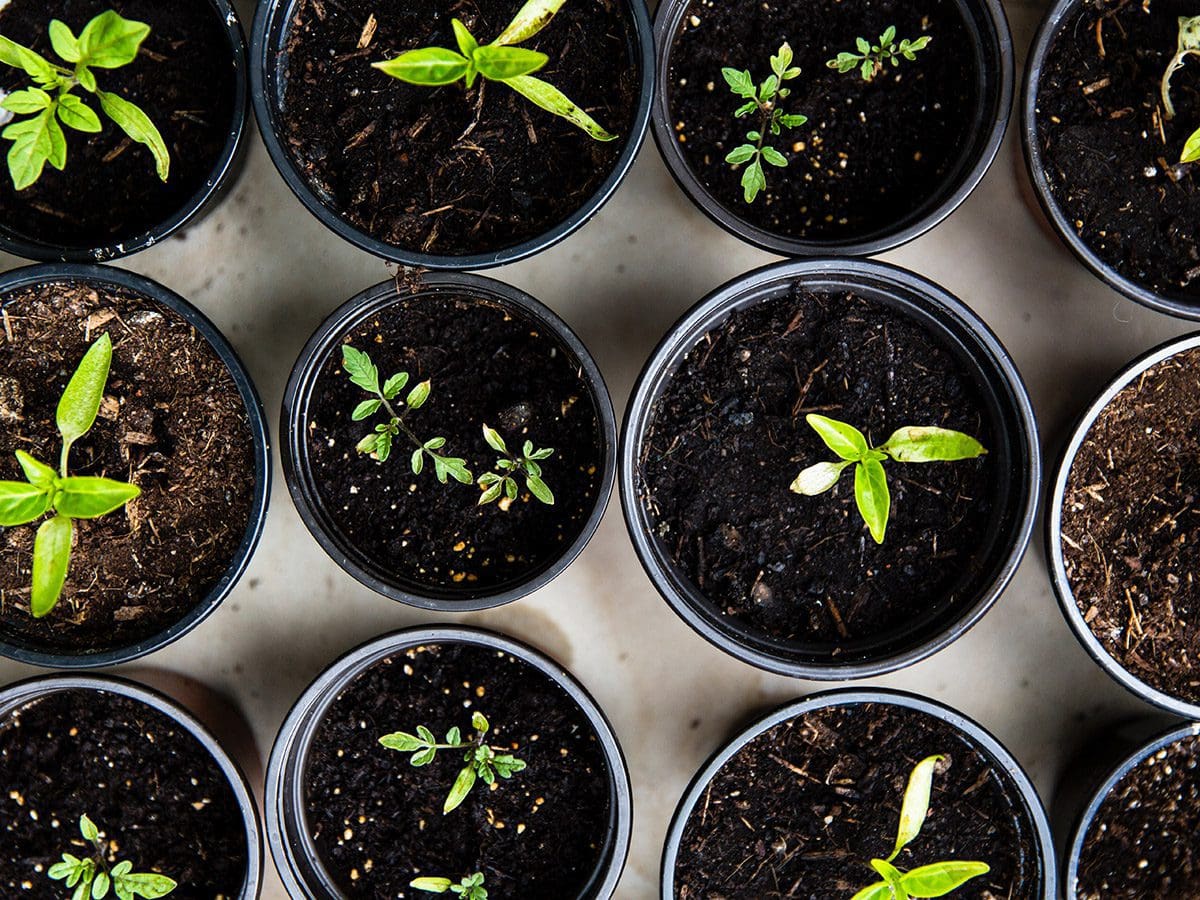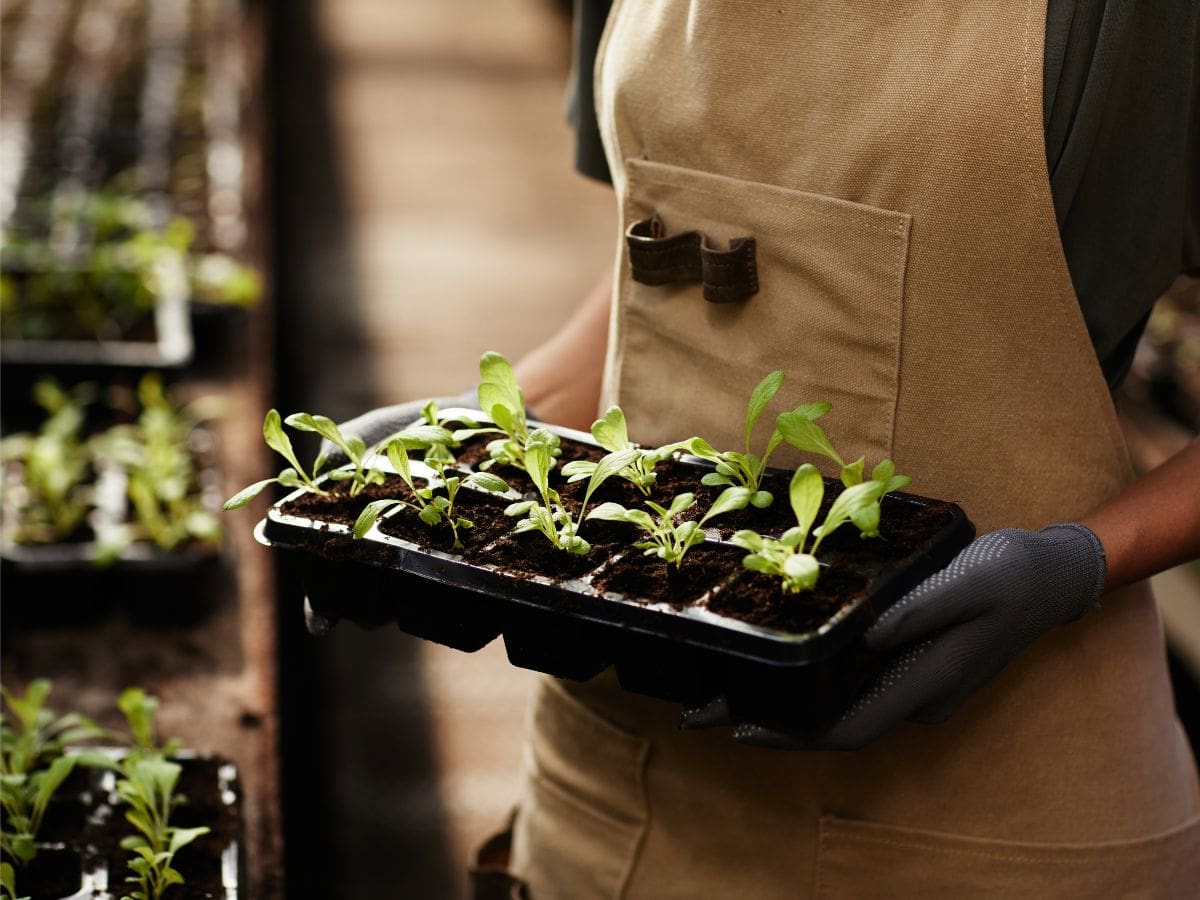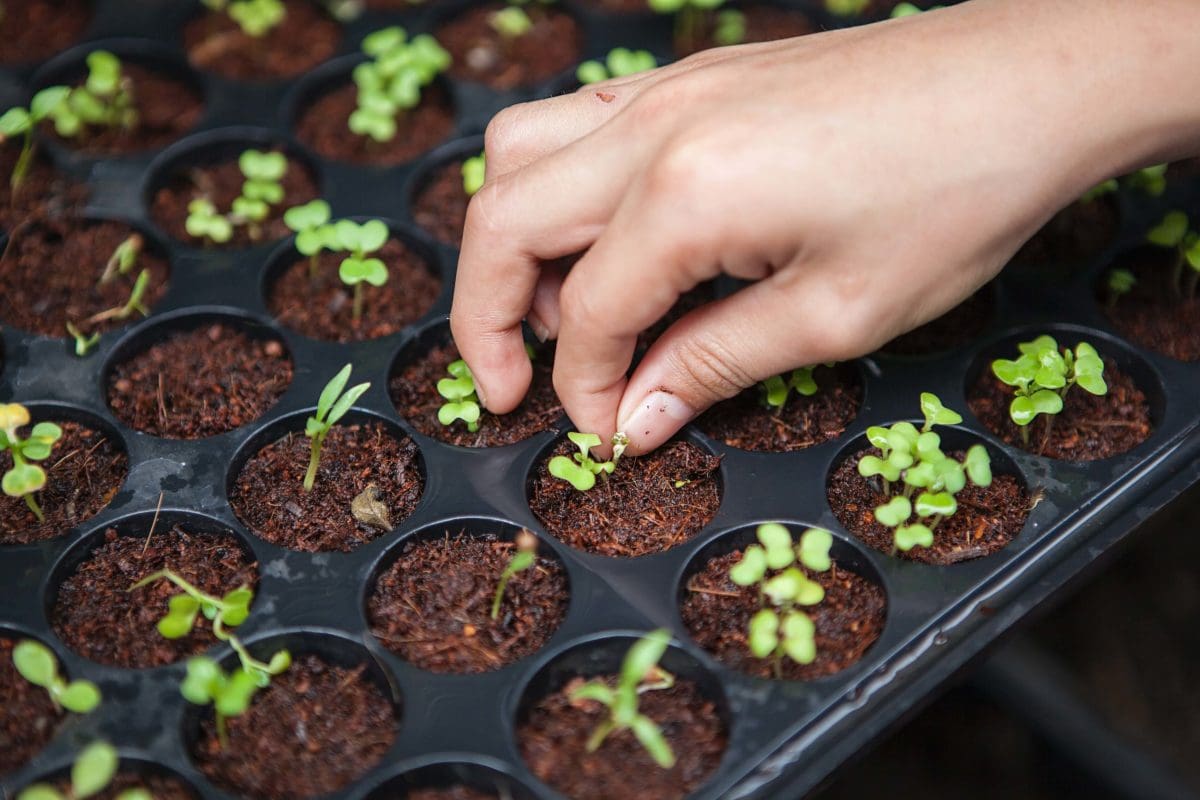
What Is Urban Farming? Understanding Urban Agriculture
When asked to picture a farmer, most will imagine someone in a field working away at wide-open expanses of farmland. But what is urban farming? Let’s take a closer look at this practice critical to modern sustainability efforts.
It’s no secret that climate change concerns are spurring industries of all types to reevaluate the way things are done, and agriculture is no different. With global shipping and transport efforts having a huge impact on the overall carbon footprint of the food we eat, it makes sense to push for finding innovative ways to grow more of our food closer to urban areas. Perhaps that’s easier said than done, but this challenge is at the root of the growing practice of urban agriculture.
In this article, we’ll explore the following:
- What Is Urban Farming?
- 4 Main Types of Urban Farming
- How To Get Involved In Urban Farming
- Start An Urban Agriculture Career At Unity Environmental University
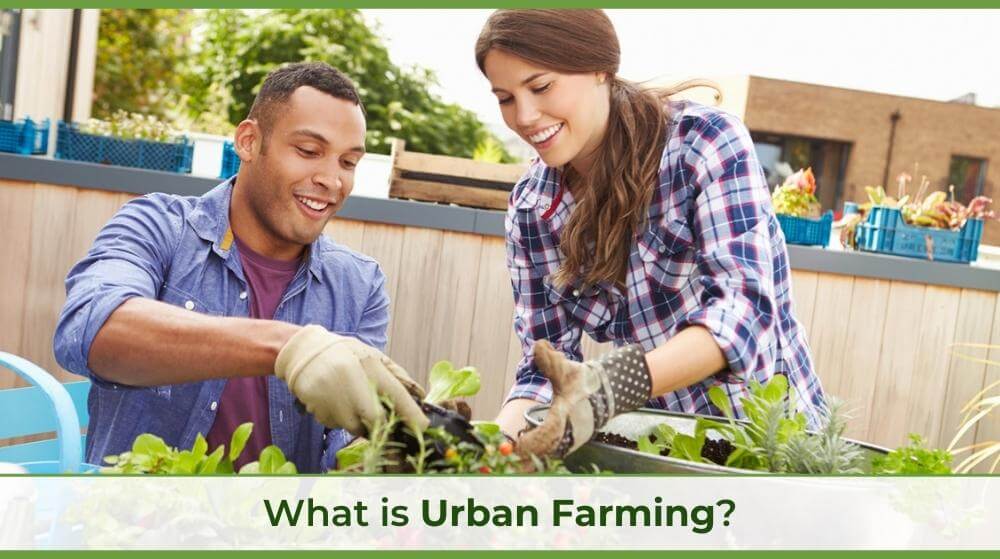
Put your green thumb to use in the big city. Learn how our Urban Agriculture Associate’s degree can help.
What Is Urban Farming?
The definition of urban farming is the practice of cultivating crops, livestock, or types of food in an urban environment.
While the practice of farming in areas outside of what we’d typically consider farmland may seem new, urban farming has a long history. City dwellers in ancient Mesopotamia would set aside land for cultivation, and in more recent times, victory gardens were a staple of World War II-era cityscapes. In recent years, urban farming has become a hot topic for agricultural sustainability and social justice advocates alike, as it can provide avenues to positive change.
So how does urban farming work? It’s understandable if you’re wondering how agriculture can thrive in areas sprawling with concrete and steel. While there are certainly practical challenges to contend with, you can find urban farming examples in areas with untapped potential. For instance, more buildings are being developed with the infrastructure needed to support community rooftop gardens. Other practices, like vertical farming, can transform existing urban spaces into dense centers of agricultural production.
Benefits of Urban Agriculture
There are several practical benefits of urban farming. Let’s take a closer look at some of the most common.
- Locally raised products: It takes a lot of energy to ship produce across the globe. Urban farming can help provide more local sourcing options.
- Density: Practices like vertical farming can allow for more production per square foot.
- Redevelopment: Urban agriculture operations may be able to put unused spaces like warehouses to good use–a benefit for residents and urban planners alike.
- Community / civic pride: Community gardens run by municipal or non-profit organizations can help residents build stronger ties to where they live and reduce the urban blight associated with empty lots.
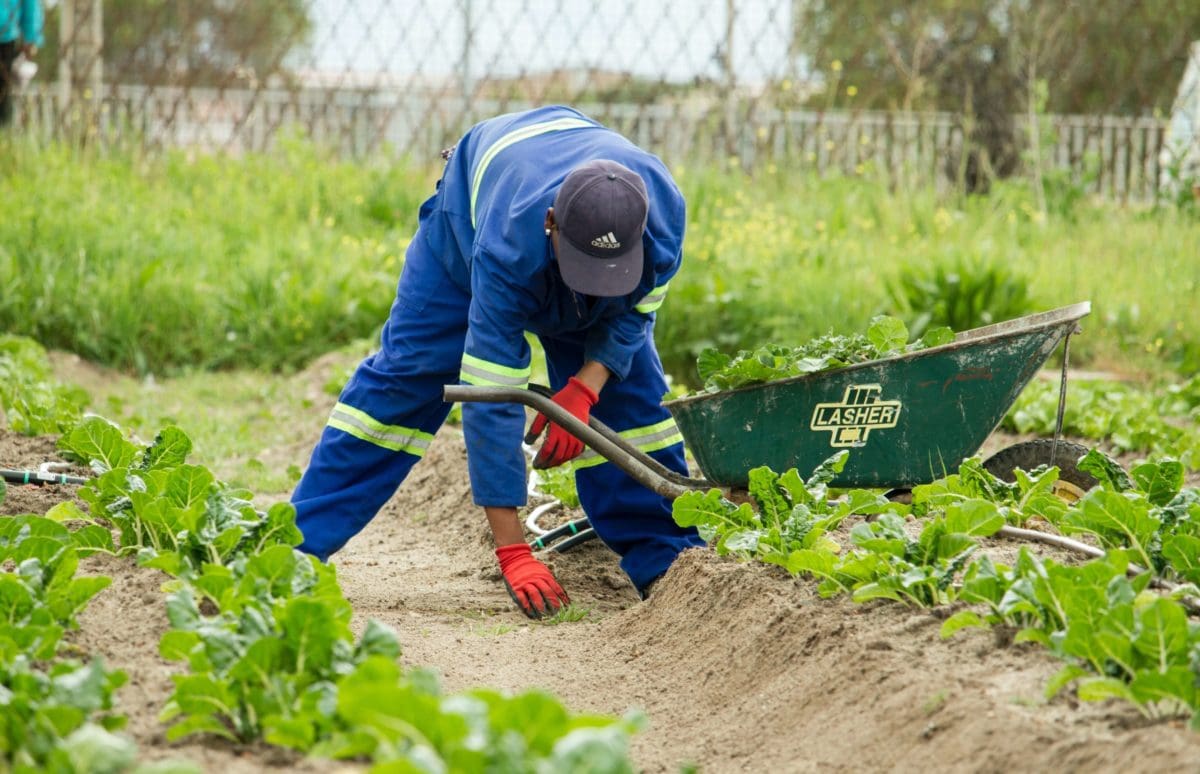
Is sustainability your calling? Check out these 10 popular sustainable agriculture jobs.
4 Main Types of Urban Farming
Not all urban agricultural efforts are intended for large-scale commercial use. The U.S. Department of Agriculture (USDA) breaks down the four primary types of urban farming:
- Community Gardens: Generally found on public land, community gardens are typically overseen and managed by resident volunteers. These gardens can feature seasonal produce production as well as flower gardens.
- Community Farms: They are communal growing spaces that are typically run by a non-profit organization. They aim to provide produce to the participating community as well as enriching social and educational programming.
- Commercial Farms: Like most rural farms, these urban farming operations are run by for-profit organizations. Many commercial urban farms focus on growing niche produce and use high-efficiency techniques like vertical or soilless farming.
- Institutional Farms and Gardens: These urban farming operations are typically associated with a community institution (ex: prisons, hospitals, churches, schools, etc.) and do not aim to grow large quantities of produce. They instead look to provide positive health, education, and lifestyle opportunities for their respective institutions.
Community Gardens
Community gardens are usually what people think of when looking at the definition of urban agriculture. They are an excellent avenue for urban communities looking to beautify and enrich their neighborhoods. Generally, these garden plots are no bigger than a city lot (often abandoned underused spaces are prime candidates) and are run by local volunteers. Some municipalities may have programs for funding these efforts, but generally, their cultivation is not a paid endeavor.
While there are some fairly obvious benefits of converting an otherwise unused lot into a vibrant community garden, there are certainly challenges. Depending on the targeted lot, there may be zoning issues to navigate. Additionally, infrastructure like access to water may not be readily available. Soil quality is another issue, as urban pollutants can seep into groundwater and, in turn, hurt crop viability.
Community Farms
Largely similar to community gardens, community farms feature the distinction of being operated by a non-profit organization. This means the management of these spaces is often carried out by both volunteers and paid overseers.
These mission-driven organizations often aim to develop community members’ appreciation for nature and will often feature educational programming for local youth. Like with community gardens, these spaces may have challenges with infrastructure, zoning, and pollution, as well as maintaining a steady base of volunteers.
Commercial Farms
As for-profit operations, commercial farms strive for efficiency and minimizing costs where possible. Commercial urban farms are much more likely to be found indoors and are likely to use vertical farming techniques to help maximize their use of space. With profitability top-of-mind, these spaces may seek to produce niche, comparatively expensive crops sought after by established businesses like local restaurants.
Commercial viability is a substantial challenge for these operations, and careful planning and marketing are needed to ensure what’s being grown either fits a hard-to-find need or can be sold at a competitive price.
Institutional Farms and Gardens
Somewhat similar to community farms, institutional farms, and gardens are typically associated with a specific institution like churches, hospitals, schools, prisons, and more. While what’s grown in these spaces is certain to be put to good use, they’re often used for the enrichment and education of their respective institution members. These institutional farms and gardens will typically have a paid manager or overseer of the overall operation. They may have comparatively fewer infrastructure-related hurdles to contend with if the garden operates on their institution’s property.
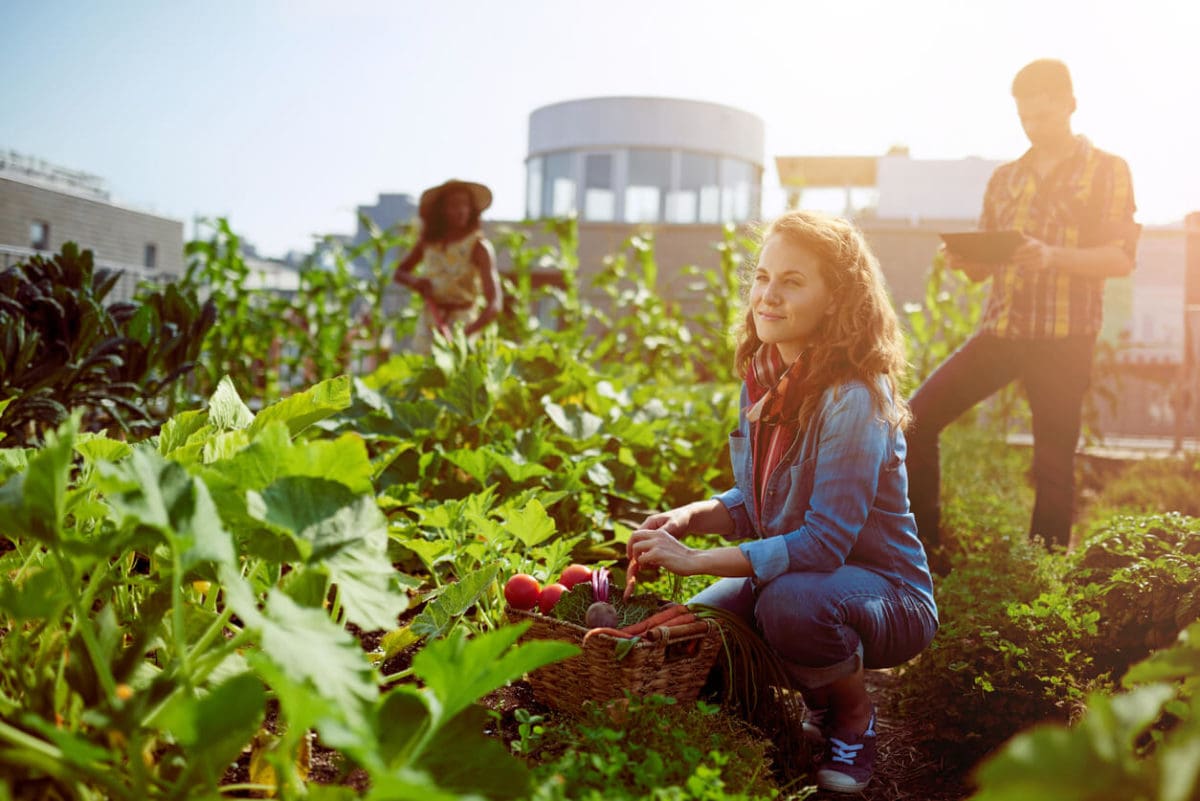
In the city or in the country, sustainable agriculture matters. Learn how our Bachelor’s degree in Sustainable Horticulture can position you to make a positive impact.
How To Get Involved In Urban Farming
The good news for anyone looking to get started with urban farming practices is that the barriers to entry are minimal. You’ll just need dirt, sunshine, water, and a positive roll-up-your-sleeves attitude to make significant headway. Here are some common options for how to become an (upstart) urban farmer:
- Start a Community Garden
- Join a Local Urban Farming Initiative
- Grow Your Own Fresh Food at Home
- Support Urban Farmers by Purchasing their Produce
Start a Community Garden
While it might feel like a large undertaking at square one, this is one of the most fulfilling ways to get involved in urban farming. You’ll likely need to organize a group of interested volunteers within your community (be prepared to post flyers, knock on doors, set up online groups, etc.), start a planning committee, identify the resources you’ll need, secure a sponsor, find a viable location (perhaps with the help of a landscape architect), and secure approval.
Community gardens are typically well-regarded by most municipalities, and your local government may be able to provide you with additional resources for getting started. Additionally, you may find helpful resources from the USDA’s People’s Gardens initiative.
Get A Degree In Urban Agriculture
A formal education focused on Urban Agriculture is an excellent way to boost your community gardening efforts. With an education in hand, you’ll have a strong blend of practical, hands-on agriculture skills as well as the experience and credibility needed to help earn community buy-in.

Ready To Learn More About Unity Environmental University?
Join a Local Urban Farming Initiative
Another option for getting started is to seek out an already-established urban farming initiative in your community. Many of these organizations are heavily dependent on volunteers and would likely welcome any enthusiastic help they can get.
Finding one can be as simple as an internet search for “community gardens near me” and doing a little additional digging to find a good point of contact. Additionally, your local government’s parks department may be able to help facilitate an introduction.
Grow Your Own Fresh Food at Home
The simplest starting point to growing sustainable food is to first focus on honing your green thumb at home. While that may not always be viable for all living arrangements, if you have the space to plant, either in the ground or in self-contained pots, the rest can come easily. Just a few basic gardening tools, potting soil, seeds, water, and maybe an informational “how to” search or two, and you’ll be well on your way to growing your own produce. From there, it’s up to you how much you scale up your urban garden oasis!
Support Urban Farmers By Purchasing Their Produce
Of course, one of the best ways to build support for local urban agriculture is with your wallet. Many community gardens and urban farmers can be found setting up shop at nearby farmer’s markets. Their high-quality products can be both a nutritional benefit for you and positive reinforcement of their local sustainability efforts.
Additionally, some local growers may offer the opportunity to purchase seasonal produce variety boxes. They are always a good option for adventurous eaters and those looking to try their hand at different culinary techniques.
Start Your Urban Agriculture Career At Unity Environmental University
Urban agriculture, while nothing new, is an increasingly important topic for a world coming to terms with our overall sustainability. As more people look to find locally-grown produce, the need for skilled and knowledgeable urban agriculture professionals will continue to grow. If you’re interested in more information on how to become an urban farmer, visit the Urban Agriculture Associate’s degree page.


